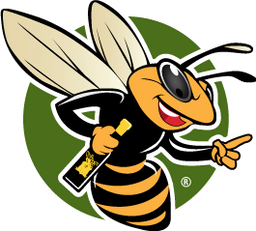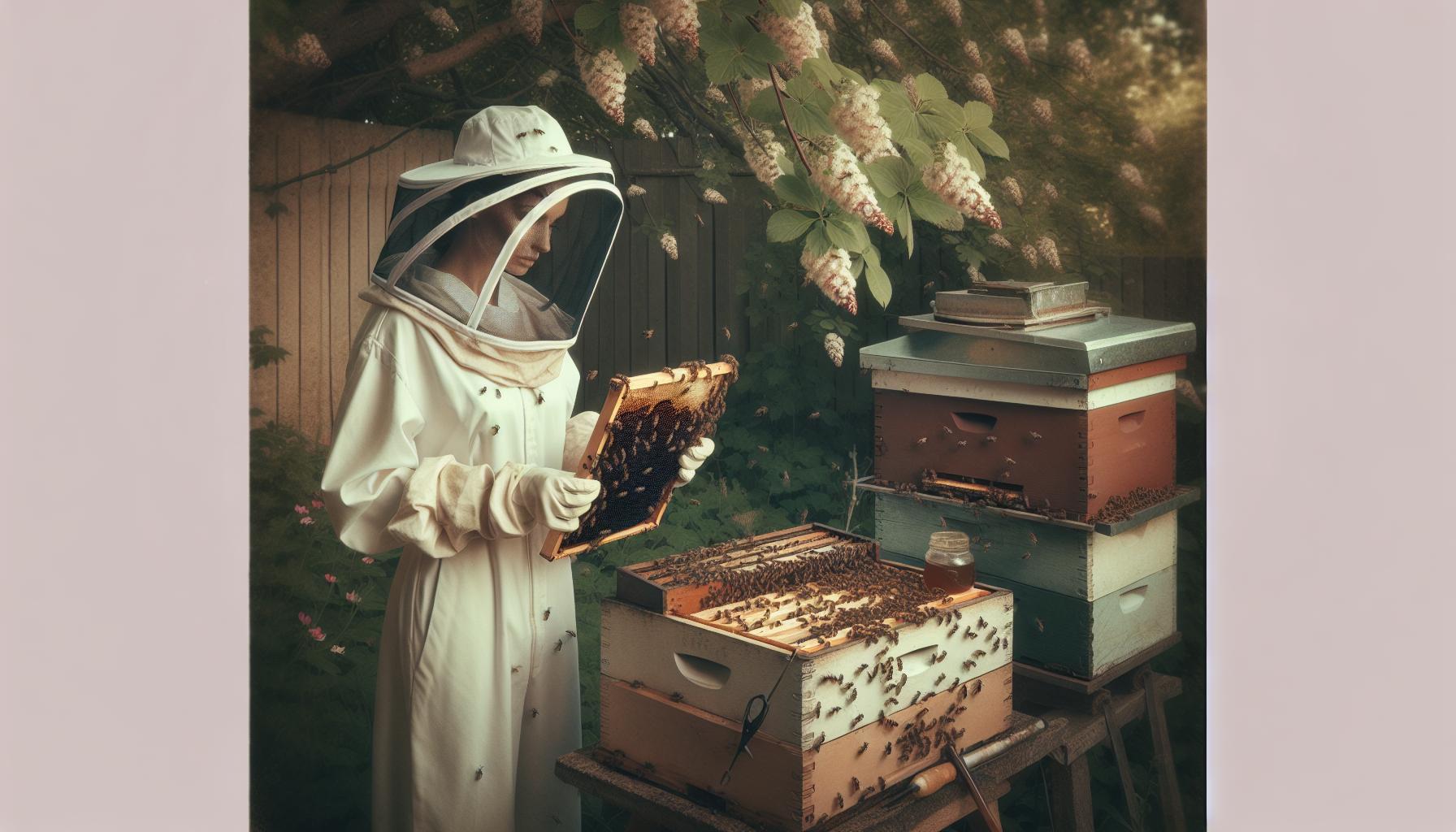Bee hives are a vital part of the ecosystem, supporting pollination and biodiversity. However, when bees establish hives in residential or commercial spaces, they can become a serious safety concern. Bee hive removal is not just about eliminating the bees; it’s about protecting people while preserving the delicate balance of nature. With honey bee populations facing threats from habitat loss, pesticides, and climate change, it is essential to approach hive removal responsibly.
Many individuals underestimate the complexity of removing a bee hive safely and effectively. The process requires an understanding of bee behavior, the right tools, and often the expertise of professionals. Whether it’s a small swarm in the garden or a large hive hidden in a wall, knowing the proper steps can make all the difference. This article explores the best practices for bee hive removal, providing valuable insights for homeowners, businesses, and anyone encountering this issue.
Understanding the Bee Hive Removal Process
Removing a bee hive is a multi-step process designed to ensure safety and minimize harm to bees. Proper preparation, knowledge, and tools are crucial for a successful outcome.
Step 1: Assessing the Situation
The first step in bee hive removal is a thorough assessment of the situation. This involves:
-
Locating the Hive: Determine where the hive is situated. Common locations include walls, attics, trees, and under roof eaves.
-
Evaluating the Colony: Observe the size and activity of the colony. Larger or highly active hives may require professional assistance.
-
Understanding Bee Behavior: Assess whether the bees exhibit defensive or aggressive tendencies. This is especially important for safety.
-
Considering Nearby Risks: Identify potential threats to people, pets, or structures in the vicinity of the hive.
Timing also matters. Bees are typically less active during cooler parts of the day, such as early morning or evening, making removal safer and more manageable.
Step 2: Gathering the Right Equipment
Successful bee hive removal requires specific tools and protective gear, including:
-
Protective Clothing: A bee suit, gloves, and veil protect against stings. Lightweight, breathable materials are ideal for comfort.
-
Hive Tools: These include hive knives, scrapers, and bee brushes to handle and remove the hive.
-
Smokers: Smokers help calm the bees, reducing defensive behavior and making them easier to manage.
-
Secure Containers: Ventilated, escape-proof containers are necessary for safely transporting the bees during relocation.
-
Flashlights: Bright, focused lighting aids visibility, particularly in dark or confined spaces where hives are often located.
Having these tools ready minimizes risks and ensures a smoother removal process.
Step 3: Removal Methods
There are two primary approaches to bee hive removal: DIY techniques and professional services. The choice depends on the hive’s size, location, and the individual’s experience.
DIY Bee Hive Removal
For small, accessible hives, experienced individuals may attempt DIY removal. Key steps include:
-
Wearing Protective Gear: Always prioritize personal safety by wearing a full bee suit, gloves, and veil.
-
Using a Smoker: Apply smoke to calm the bees and reduce their defensive behavior.
-
Removing the Hive: Carefully detach the hive using hive tools. Ensure all combs and bees are collected to avoid re-infestation.
-
Relocating the Bees: Place the bees and hive materials into a secure container for transport to a new location.
-
Sealing Entry Points: After removal, seal any openings to prevent bees from returning.
While DIY methods can be effective for small swarms, they carry risks. Individuals should ensure they understand local laws regarding bee removal and relocation.
Professional Bee Hive Removal
For large, complex, or inaccessible hives, hiring professionals is the safest and most effective option. Benefits of professional services include:
-
Expert Knowledge: Professionals understand bee behavior and have the expertise to assess hive conditions accurately.
-
Specialized Equipment: Advanced tools, such as bee vacuums and hive boxes, enable efficient and humane removal.
-
Legal Compliance: Certified experts ensure adherence to local regulations, which often protect certain bee species.
-
Risk Management: Professionals minimize the risk of stings and property damage while ensuring the hive is fully removed.
-
Post-Removal Care: Many services include follow-up inspections and preventative measures to reduce the likelihood of future infestations.
Hiring professionals not only ensures safety but also supports the preservation of bee populations by relocating hives responsibly.
Why Bee Hive Removal Is Necessary
Understanding the reasons for bee hive removal highlights its importance for both human safety and environmental health.
1. Safety Concerns
Bee hives near homes or businesses pose safety risks, especially for individuals allergic to bee stings. Defensive bees may sting when their hive is threatened, leading to painful reactions or, in severe cases, life-threatening anaphylaxis. Prompt hive removal reduces the risk of stings and creates a safer environment for residents, visitors, and pets.
2. Property Damage
Bee hives can cause significant structural damage if left unchecked. Common issues include:
-
Moisture Problems: Honey and wax can lead to mold growth, compromising structural integrity.
-
Stains and Odors: Bee waste may stain walls or create unpleasant smells.
Physical Damage: Bees often build hives in walls, ceilings, or attics, leading to costly repairs.
Removing hives promptly protects property value and prevents long-term damage.
Post-Removal Care and Prevention
After removing a bee hive, it’s important to take steps to prevent future infestations. These include:
-
Sealing Entry Points: Inspect the area for gaps or openings and seal them to deter bees from returning.
-
Maintaining Cleanliness: Keep the area clean and free of honey or wax residue, which can attract other insects or bees.
-
Educating Yourself: Understanding bee behavior and seasonal patterns can help you identify and address potential problems early.
-
Regular Inspections: Periodically check for signs of bee activity, especially in areas prone to infestations.
By taking proactive measures, property owners can create an environment that’s safe for both humans and pollinators.
Conclusion
Bee hive removal is a delicate process that balances human safety with ecological responsibility. Whether opting for DIY methods or professional services, understanding bee behavior, using appropriate tools, and adhering to local regulations are essential for success. By prioritizing safe relocation over extermination, we can protect these vital pollinators while addressing safety and property concerns.
Taking the time to assess the situation, gather the right equipment, and plan thoroughly ensures a smooth removal process. With proper follow-up care and preventative measures, homeowners can avoid future infestations while contributing to the preservation of bee populations. A thoughtful approach to bee hive removal supports both human wellbeing and the environment, fostering harmony between nature and society.
Frequently Asked Questions
1. What are the main reasons for bee hive removal?
Bee hive removal is primarily needed for safety reasons, such as the risk of stings and allergic reactions, and to prevent property damage, including mold growth and structural issues caused by hives.
2. How can I identify if I have a bee hive in my home?
Signs of a bee hive include increased bee activity, buzzing sounds, and visible honeycomb structures. Bees entering and exiting a specific area frequently often indicate a hive.
3. Is it safe to remove a bee hive on my own?
DIY removal can be risky without proper knowledge, tools, and protective gear. While small swarms may be manageable, larger or inaccessible hives require professional expertise for safe and effective removal.
4. What equipment is necessary for bee hive removal?
Essential tools include protective clothing (bee suits, gloves, veils), hive tools (smokers, hive knives), secure containers for bee relocation, and adequate lighting. These tools ensure safety and efficiency during removal.
5. Why is professional help recommended for bee hive removal?
Professionals offer expertise in bee behavior, use advanced equipment, and ensure compliance with local regulations. They minimize risks, provide follow-up care, and prioritize safe relocation to preserve bee populations



